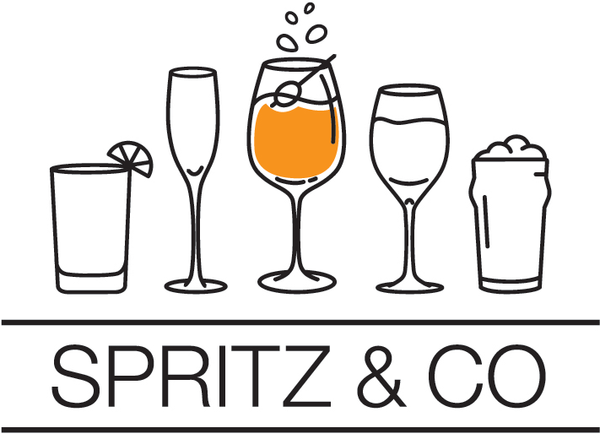TEROLDEGO
Teroldego is a red grape variety grown primarily in the northeastern region of Trentino-Alto Adige/Südtirol, Italy. It may be related to Marzemino, but to my knowledge has never been praised in an opera. It is moderately tannic and flavorful, often tasting of blackberries.
History
Wine has been produced since ancient times in "Campo Rotaliano", an alluvial plain between the rivers Adige and Noce. Teroldego takes its name from its traditional method of cultivation, trained on a system of “tirelle” or wire harnesses, an explanation that's more likely, if less pretty, than its legendary association with German dialect for gold of the Tirol.
It has recently been discovered to be a full sibling of the Dureza variety from France, which is one of the parents of Syrah.
A vine of northern Italy’s Trentino-Alto-Adige zone, Teroldego is thought to have arrived there from the area of Verona around the shores of Lake Garda. It was first documented by name in various works of the early 1800s, and has more recently been shown to be genetically related to the Syrah, Marzemino and Lagrein varieties.
Red grapes might have come in the Trentino province of Verona, where the vineyards were present around Lake Garda, in those areas was the variety known as Tirodola, the farming system with the traces . Currently Teroldego is grown almost exclusively in the area of the Rotaliana plain, in the Adige Valley north of Trento. The vine appeared in the Annals of Agriculture of the Kingdom of Italy "by Philip King in 1811, after which it is found in the description of Pollini (1819), then resumed dall'Acerbi (1825). But it was in 1894, by Mach, who he finds full description. Has genetic affinity with Lagrein, Marzemino and Syrah, all probably from Eastern Europe.
Wine regions
It is planted almost exclusively in the Campo Rotaliano in the Adige Valley north of Trento, and its sole appellation of origin is Teroldigo Rotaliano D.O.C.
Follows, by region, a list of all DOC and DOCG is allowed where the use of this vine and a selection of producers who use it in one of their wines.
Trentino
- Casteller: 0 to 20%
- Teroldego Rotaliano: 100%
- Trentino: 0 to 70% (Rose Version), 0 to 100% (marked "Sorni Red")
- Valdadige: 0 to 70% (Rose and Red version)
Viticulture and winemaking
The grapes ripen around the last week of September or the first week of October.
The wine Teroldego Rotaliano, which is made with this grape in the Province of Trento, has had DOC status since 18 February 1971. It is planted on 390.5 hectares and is cultivated by over 300 producers.
Teroldego takes its name from its traditional method of cultivation, trained on a system of “tirelle” or wire harnesses. A cool-climate vine, it is hardy, vigorous and potentially prolific, and best suited to permeable, well drained soils. It has large, pentagonal, three-lobed leaves and the compact, elongated, pyramidal bunches support medium to small, round, blue black berries with thick, resistant, dusky skins. The fruit is low in tannin but high in aroma, color, extract, acidity, sugar and potential alcohol.
Teroldego is easily overcropped to produce bright, fresh, balanced, fruity wines to be drunk young. Its personality is transformed if yield is restricted, when it offers lush, concentrated dark stone fruit and black cherry flavors and aromas offset by smoke, herb and bitter almond notes. It is marked by a particularly fine acidic balance and complexity, and restrained oak contact rounds out its structure.
Environmental and agricultural characteristics and needsThe leaves are large, lobed and pentagonal; bunch is medium to large, elongated pyramidal shape, rarely cylindrical, sometimes with two wings; the berry is medium sized, spheroidal, with thick, tough blue-black skin. It prefers draining soils and a lot of light exposure. The production is usually plentiful.
Diseases and adversityIt is quite susceptible to mildew and to powdery mildew ; in wet years may be subject to rot. It 's very sensitive to desiccation of the spine.
← GO BACK TO GRAPE VARIETIES
